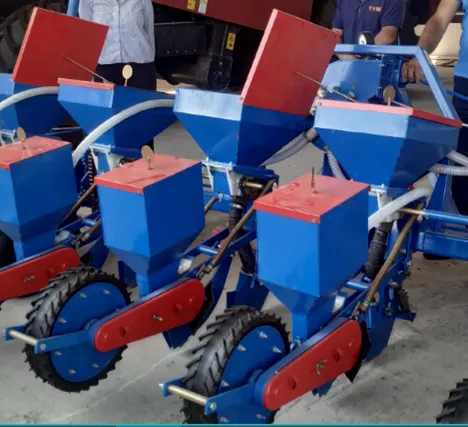How the World Food Programme Helps Vulnerable People in the World’s Poorest Countries
Recognising these growing threats, the World Food Programme (WFP) supports governments and populations in mitigating the impact of threats including climate shocks, conflict, and other disasters, and in developing sustainable livelihoods that can build self-reliance and resilience in the long term

By Katrina Pielli, Climate Change and Sustainable Energy Partnerships Consultant, World Food Programme
In 2020, climate extremes were the predominant driver of acute hunger in 15 countries and displaced 30 million people internally within their countries. Even when people are not displaced by floods, storms or drought, climate extremes can trigger irregular rainfall patterns and cropping seasons, pest infestations, diseases, and intense temperatures. These stressors hurt both crops and livestock and make livelihoods so precarious that small disruptions can result in severe hunger.
Recognising these growing threats, the World Food Programme (WFP) supports governments and populations in mitigating the impact of threats including climate shocks, conflict, and other disasters, and in developing sustainable livelihoods that can build self-reliance and resilience in the long term. This work is anchored in WFP’s 2017 Climate Change policy and is increasingly involving solar-powered appliances and equipment.

How can energy access and appliances help reduce hunger?
Energy is an enabler that contributes to WFP’s ‘Saving lives and Changing lives’ strategy and mandate. To achieve zero hunger, energy is needed along the food value chain to produce, process, preserve and consume food. WFP implements market-based, sustainable energy approaches to food assistance and resilience activities that strengthen local value chains.
Food loss and energy
Around 40% of food loss in developing countries occurs during post-harvest and processing; with the two stages closest to the farm―production and storage―accounting for three-quarters of food loss and waste in Sub-Saharan Africa. Efficient solar appliances and equipment deliver important benefits across the food system, including providing water pumping for irrigation, milling to process grains, and refrigeration and cooling to strengthen the cold chain and increase food preservation, reducing the potential for post-harvest food loss.
Case study: Smallholder farmers in Madagascar
Madagascar is frequently cited as one of the ten most vulnerable countries to climate change impacts in the world, and in August 2021 WFP identified Madagascar as being on the brink of climate change-induced famine. Since 2019, WFP has provided technical assistance, awareness and smallholder farmer trainings to drastically reduce post-harvest losses and to improve food value chains, with a focus on grains. Building on this work, WFP is interested in introducing solar mills to replace inefficient and expensive diesel mills for the processing of cassava, a key food staple.
Case study: Solar refrigerators in Somalia

Energy efficient solar refrigerators were promoted by WFP in Somalia in order to keep agricultural produce fresh where it is produced, when on transport to the markets and at the point of sale. This has improved the incomes of farmers who are not compelled to sell their produce in a hurry (and at a lower price) to avoid spoiling. The following video presents a project which introduced solar powered cold storage solutions, reducing food waste and strengthening local food markets. The video displays how WFP’s beneficiaries’ livelihoods and businesses improved after having access to solar powered refrigerators.
In 2019, WFP established a cooperative that aggregates local farmers in Armenia into a formal partnership to build capacity through trainings and introduced food processing equipment on a ‘fee for service’ basis, powered by a 20 kilowatt (kW) solar system on the processing centre. This equipment delivered efficient processing which reduced post-harvest losses and therefore production costs overall. The processing equipment includes machines for cleaning and sorting, heating, ventilation, and refrigeration for the greenhouse.

The sixth report of the UN’s Intergovernmental Panel on Climate Change (IPCC), confirms that climate change will remain a risk-multiplier for hunger, poverty, conflict and displacement for the coming decades, at a minimum. Achieving equality, securing global peace and ending extreme poverty all depend on ensuring people have access to clean, affordable energy. Energy is a fundamental enabler for achieving two-thirds of the Sustainable Development Goals (SDGs). The multiplier effect of providing access to clean, reliable, and affordable energy at-scale touches on every aspect of sustainable development, from poverty reduction to increasing levels of health, education, gender equality and overall well-being and prosperity while tackling the climate crisis[1]. WFP is continuing to increase its efforts to support vulnerable people and communities on the frontlines of the global climate crisis, and energy access is a critical tool in the fight against hunger.
[1] High-Level Dialogue on Energy 2021. Concept Note for Technical Working Group 1 on Energy Access